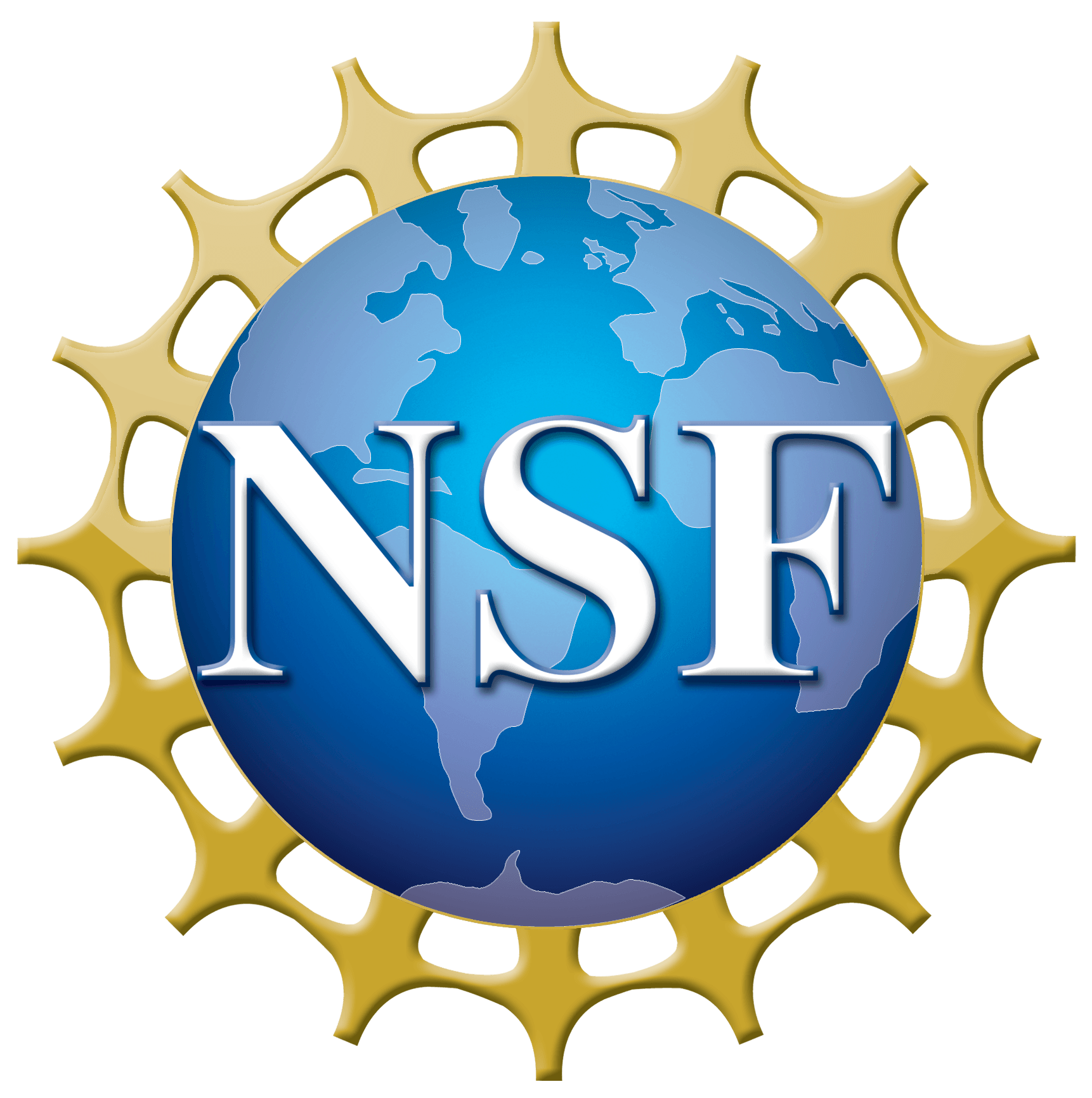Question: How can Hubble give pictures with different zoom levels? If telescopes are constructed with a fixed focal length…
Select :
AsteroidsBlack HolesCareers in AstronomyCelestial EventsCometsConstellationsCosmic DistancesCosmic Microwave BackgroundCosmologyExoplanetsGalaxiesGravity WavesHoaxesMoonPhysicsPlanetsRadio AstronomyScientific MethodSETISolar SystemSpace ProbesStarsSunTelescopesUnexplained Celestial Observations
How Can Radio Telescopes Make Measurements of Small Objects?
Question: How do you use a dish type radio telescope to produce an image of something occupying such a…
Detecting a Galaxy Cluster With a Radio Telescope
Question: Is it possible for a 7-m radio telescope to detect a galaxy cluster of redshift below 0.03? —…
“Starter” Telescope Recommendation?
Question: I am 22 years of age and have suddenly wanted to engange in astronomy (after watching various Brian…
Real-Time Broadcasts of Astronomical Measurements?
Question: My co-worker and I were discussing why the public can’t see what astronomers see through telescopes in real-time. …





